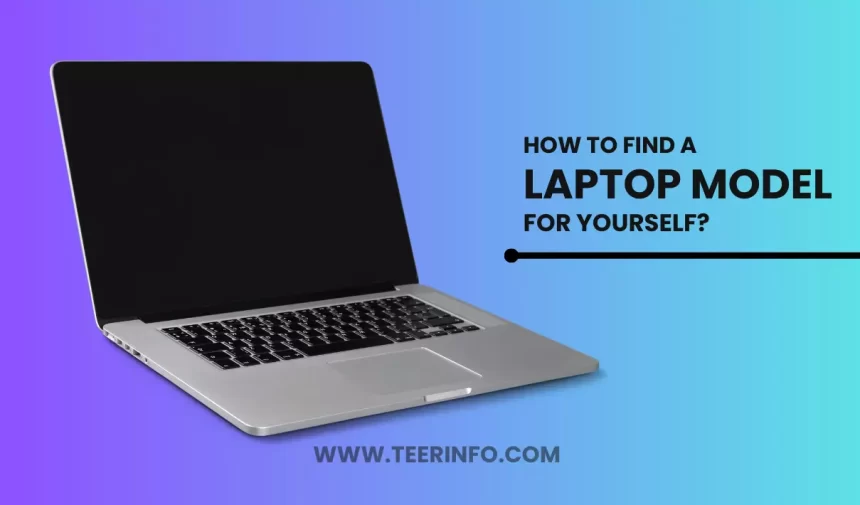How to Choose the Right Laptop Model for You?
Finding the perfect laptop can be an exciting yet daunting task. With so many options available, it’s essential to consider your needs and preferences before deciding.
This guide will help you understand the key factors when choosing a laptop model that suits you best. To view great deals, check out the best laptop under 700. We’ll explain the essential specifications and features in simple terms, empowering you to make an informed choice.
Determine Your Purpose
You need a laptop for schoolwork, gaming, creative projects, and everyday tasks. You’ll need a lightweight laptop with good battery life and a comfortable keyboard to understand your purpose. If you’re into gaming, you’ll want a laptop with a powerful processor and a dedicated graphics card.
Consider The Operating System
Three standard operating systems are Windows, macOS, and Chrome OS. Windows is the most common and offers a wide range of software and compatibility. macOS is a user-friendly operating system that is specific to Apple laptops. Chrome OS, found in Chromebooks, is simple and optimised for online tasks. Choose the operating system that aligns with your needs and preferences.
Size and Portability
Laptops come in different sizes, typically ranging from 11 to 17 inches. Smaller laptops are lightweight and easily portable, making them suitable for travel and carrying around the school. Larger laptops provide a bigger screen and more comfortable keyboard but can be heavier. Think about where you intend to use your laptop.
Performance and Specifications
Laptop specifications can be confusing, but let’s simplify them:
Processor (CPU)
It’s the brain of the computer. Look for newer generation processors like Intel Core i5, i7,i9, or AMD Ryzen 5 or 7 for a good balance between performance and price.
There are two critical elements of a processor. First, Clock Speed determines how fast the compressor runs in GhZ. The clock speed shows how fast the device is. If you are into heavy gaming or other heavy use, a clock speed of 4 GHz is recommended. The second important feature of a processor is the number of Cores. Multiple cores enable a laptop to do many tasks simultaneously.
RAM
Random Access Memory helps the computer run smoothly. Aim for at least 8GB is sufficient for most tasks, but more RAM is beneficial for multitasking or resource-intensive activities.
In many laptops, the RAM can be upgraded or increased later. Some laptops have easily accessible RAM slots, allowing users to upgrade or add more RAM. These laptops typically have a removable panel on the bottom or back, providing direct access to the RAM modules. Check the specifications to see if your laptop already uses the maximum supported RAM. In that case, upgrading may not be possible.
Storage:
Laptops have two main types of storage: hard disk drives (HDD) and solid-state drives (SSD). SSDs are faster and more reliable, so consider a laptop with SSD storage for quicker boot-up and file access.
Graphics
Choosing graphics for your laptop depends on your needs and intended usage. If you’re a casual user primarily using your laptop for web browsing, productivity tasks, and watching videos, integrated graphics (such as Intel UHD Graphics or AMD Radeon Vega) are generally sufficient.
For gaming or graphic-intensive work like video editing or 3D modeling, consider a laptop with a dedicated graphics card (GPU) like NVIDIA GeForce or AMD Radeon. Dedicated graphics cards offer better performance and can handle demanding visual tasks.
Battery Life
Battery life determines how long your laptop can run without being plugged in. For general use, you should get a laptop with a battery life of 6 to 8 hours. If you plan to use it extensively without access to power, consider models with longer battery life.
Connectivity and Ports
Check the laptop’s connectivity options. Ensure it has enough USB ports (USB-A and USB-C) for connecting devices like printers, external hard drives, or smartphones. Also, consider if it has an HDMI port for connecting to external displays or a headphone jack if you prefer wired audio.
Budget Considerations
Laptops come in various price ranges. Determine your budget beforehand and look for models that offer the best value within that range. Consider long-term use and invest in a laptop that will serve your needs for several years.
A Chromebook costs around $300-$400, while a standard laptop ranges from $500-$1200. If you are considering a MacBook, you should know that Apple Macs are generally priced higher than a comparable Windows laptop.
Conclusion
Consider your needs, personal preferences, and available funds before settling on a laptop model. Determine your purpose, consider the operating system, size, and portability, and evaluate the performance specifications that align with your requirements. Battery life, connectivity, and your budget are additional factors to consider.
With these guidelines in mind, you’ll be well-equipped to find a laptop model that suits your needs. Remember, it’s important to research, read reviews, and compare different models before making a final decision.








